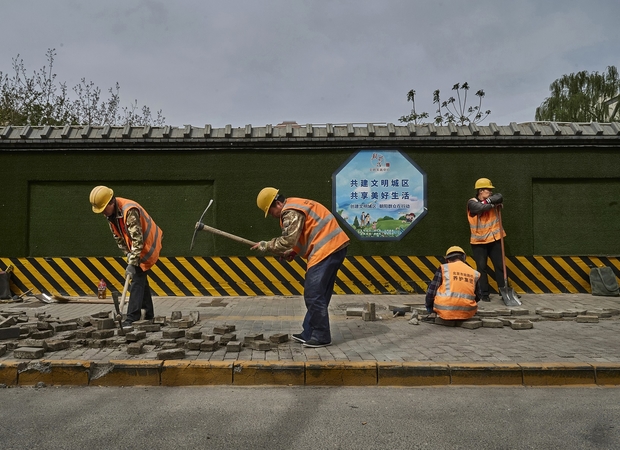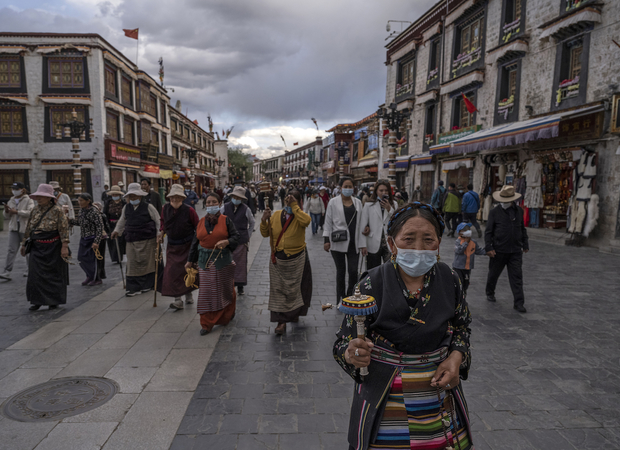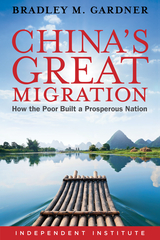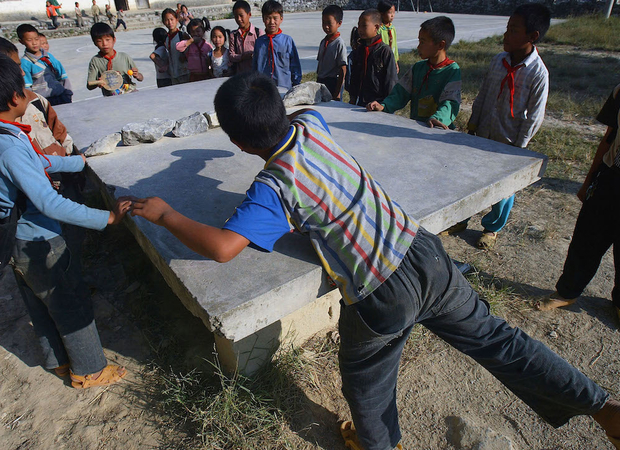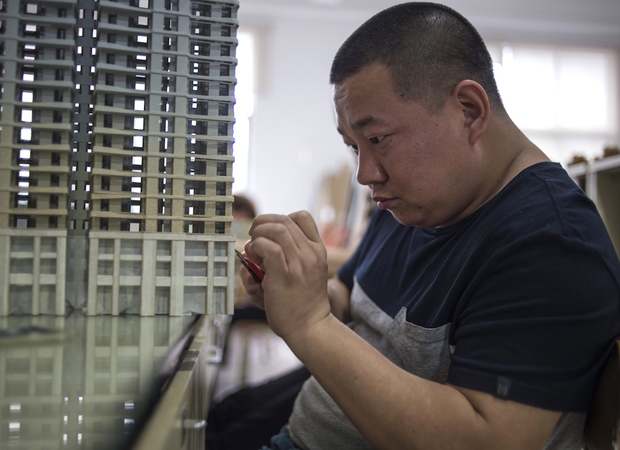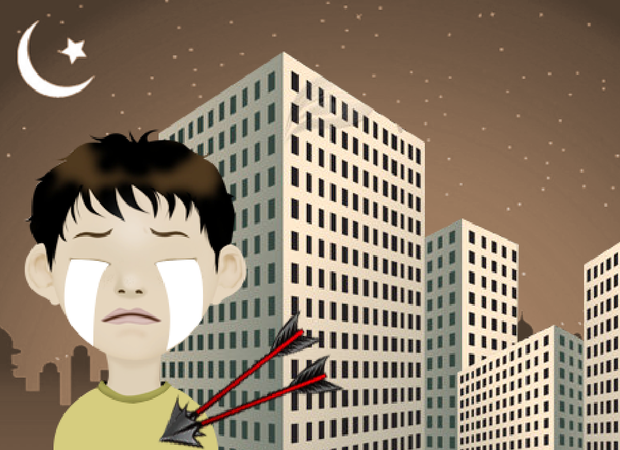China—America’s most important competitor—is at a turning point. With economic growth slowing, Chinese people face inequality and uncertainty as their leaders tighten control at home and project power abroad. NPR correspondent Frank Langfitt describes how he created a free taxi service—offering rides in exchange for illuminating conversation—to go beyond the headlines and get to know a wide range of colorful, compelling characters representative of the new China. They include folks like “Beer,” a slippery salesman who tries to sell Langfitt a used car; Rocky, a farm boy turned Shanghai lawyer; and Chen, who runs an underground Christian church and moves his family to America in search of a better, freer life.
